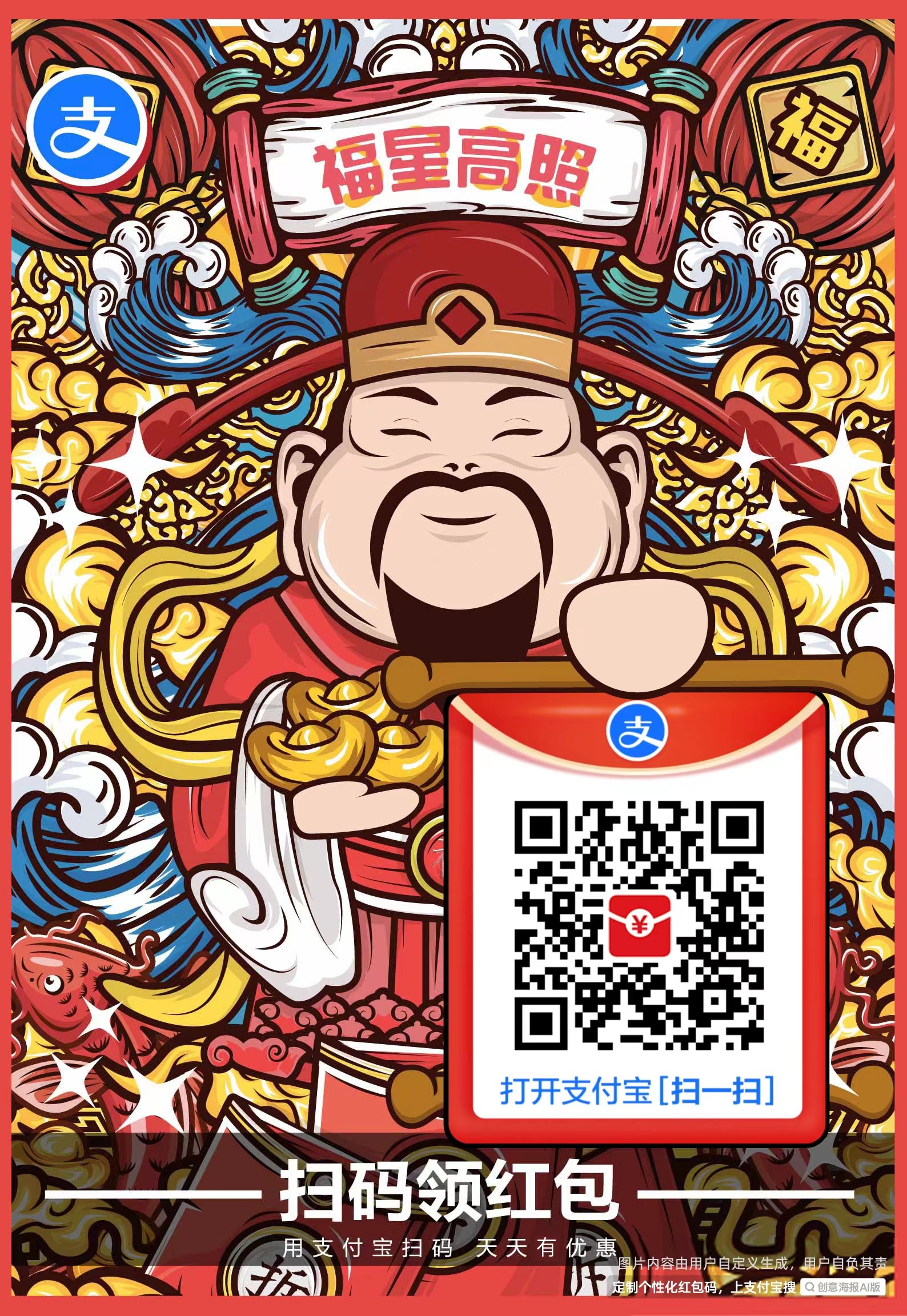C# winForm资源文件实现多语言切换
这是我目前看到过最简单的多语言切换了
操作步驟
介面上的多語
Step1.將表單的Localizable屬性設為True
Step2.切換表單的Language屬性為欲使用的語系
設完後會在分頁標籤上看到目前設定的語系
Step3.設定介面上欲顯示的字樣並適當的調整版面
到此,用資源檔做的多語系程式就完成了。
我們可以到檔案總管看一下,可看到Visual Studio自己幫我們產生了對應的資源檔。
因此,在實作介面上的多語時,我們並不需自己手動加入資源檔。
訊息的多語
上面的範例帶出了介面上支援多語的寫法,但卻不適用於訊息上,若要在訊息上也支援多語。請依下列步驟:
Step1.加入資源檔
資源檔依照 "資源檔名.文化特性.resx" 格式命名,如 "Resources.zh-tw.resx"。
Step2.設定資源檔內的訊息內容
在資源檔上連點兩下
設定對應的語系字串
Step3.使用資源檔內的訊息內容
這邊只要透過My.Resources去取出資源檔內的值即可,內部OR Mapping轉換都幫你做好好,可以用強型別的方式直接取用,能避免掉許多不必要的低級錯誤。
MsgBox(My.Resources.Resource1.String1)
其實個人習慣是命名為 "Resources.文化特性.resx",因為專案裡已偷放了一個Resources.resx資源檔,因此只需加入非預設語系的資源檔即可。
在使用上也會變得較為簡短
MsgBox(My.Resources.String1)
切換語系
依上面步驟操作完後,其實已具多語支援能力。當程式開啟時,會自動依照當前語系去顯示介面畫面。因此我們開啟時應該是顯示中文而不是本來的英文。若要自己切換語系可利用Threading.Thread.CurrentThread.CurrentUICulture。
Threading.Thread.CurrentThread.CurrentUICulture = New CultureInfo("en")
值得注意的是,這樣的寫法是不會影響已開啟的視窗的。只有後來開啟的視窗會被切換語系。
那是否已開啟的視窗就無法切換了呢?那倒也不是。可以透過使用ResourceManager.GetString去取得對應的字串,把取出的字串再設到介面上即可。但是這也不是很好的方法,個人傾向使用ComponentResourceManager配合遞迴去把介面上的字串換成對應語系的字串。有興趣的可以參考Form.Designer.vb檔的程式碼。
注意事項
在用多國語言資源檔時,建議最後在弄其它語系的設定。因為當我們設定多語系時,Visual Studio會自動幫我們產生資源檔,且內含預設的設定值。若太早讓Visual Studi產生資源檔,則預設的設定值將只有少少的幾個,後面的設定值都需手動的設定,且每個語系的資源檔都要設定。
调用
SetLang("语言标识", this, typeof(窗体));
/// <summary>
/// 设置当前程序的界面语言
/// </summary>
/// <param name="lang">language:zh-CN, en-US</param>
/// <param name="form">窗体实例</param>
/// <param name="formType">窗体类型</param>
public static void SetLang(string lang, Form form, Type formType)
{
System.Threading.Thread.CurrentThread.CurrentUICulture = new System.Globalization.CultureInfo(lang);
if (form != null)
{
System.ComponentModel.ComponentResourceManager resources = new System.ComponentModel.ComponentResourceManager(formType);
resources.ApplyResources(form, "$this");
AppLang(form, resources);
}
}
/// <summary>
/// 遍历窗体所有控件,针对其设置当前界面语言
/// </summary>
/// <param name="control"></param>
/// <param name="resources"></param>
private static void AppLang(Control control, System.ComponentModel.ComponentResourceManager resources)
{
if (control is MenuStrip)
{
//将资源应用与对应的属性
resources.ApplyResources(control, control.Name);
MenuStrip ms = (MenuStrip)control;
if (ms.Items.Count > 0)
{
foreach (ToolStripMenuItem c in ms.Items)
{
//调用 遍历菜单 设置语言
AppLang(c, resources);
}
}
}
foreach (Control c in control.Controls)
{
resources.ApplyResources(c, c.Name);
AppLang(c, resources);
}
}
/// <summary>
/// 遍历菜单
/// </summary>
/// <param name="item"></param>
/// <param name="resources"></param>
private static void AppLang(ToolStripMenuItem item, System.ComponentModel.ComponentResourceManager resources)
{
if (item is ToolStripMenuItem)
{
resources.ApplyResources(item, item.Name);
ToolStripMenuItem tsmi = (ToolStripMenuItem)item;
if (tsmi.DropDownItems.Count > 0)
{
foreach (ToolStripMenuItem c in tsmi.DropDownItems)
{
//if (tsmi != ToolStripSeparator)
//{ }
AppLang(c, resources);
}
}
}
}
















【推荐】国内首个AI IDE,深度理解中文开发场景,立即下载体验Trae
【推荐】编程新体验,更懂你的AI,立即体验豆包MarsCode编程助手
【推荐】抖音旗下AI助手豆包,你的智能百科全书,全免费不限次数
【推荐】轻量又高性能的 SSH 工具 IShell:AI 加持,快人一步
· AI与.NET技术实操系列:基于图像分类模型对图像进行分类
· go语言实现终端里的倒计时
· 如何编写易于单元测试的代码
· 10年+ .NET Coder 心语,封装的思维:从隐藏、稳定开始理解其本质意义
· .NET Core 中如何实现缓存的预热?
· 分享一个免费、快速、无限量使用的满血 DeepSeek R1 模型,支持深度思考和联网搜索!
· 基于 Docker 搭建 FRP 内网穿透开源项目(很简单哒)
· ollama系列01:轻松3步本地部署deepseek,普通电脑可用
· 25岁的心里话
· 按钮权限的设计及实现